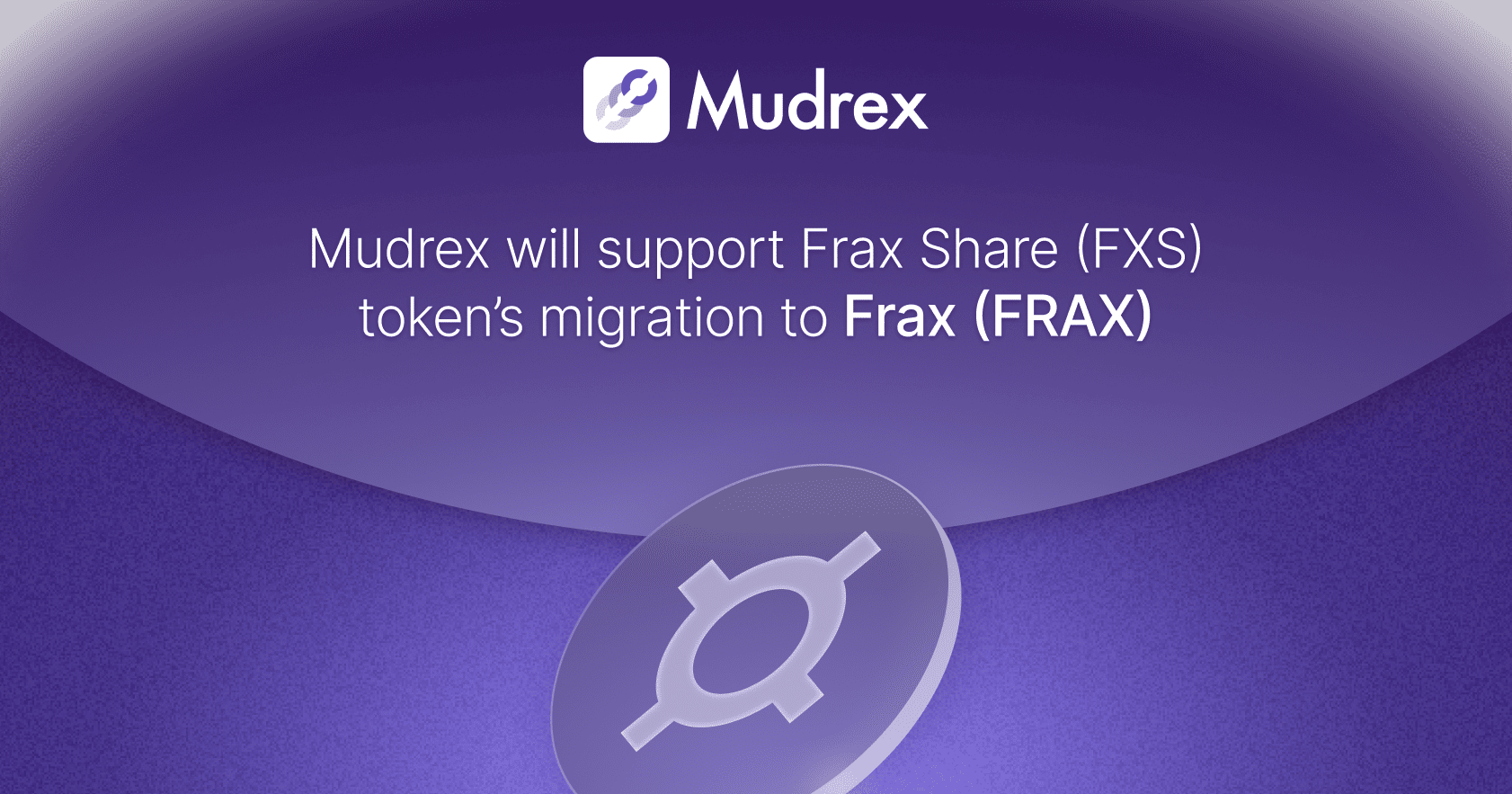In Crypto; TLDR
- RBI is all set to take the crypto route and develop a digital rupee
- Polygon powers Indian police complaint portal designed to battle corruption
- Blockchain.com gets regulatory pre-approval from Singapore’s central bank
- Stablecoin usage in Russia rises post-Ukraine invasion
- Bitcoin’s hash rate is on the rise and reaching all-time highs
1. RBI set to bring the Indian Rupee into the blockchain space
The Reserve Bank of India (RBI) and the Indian government are eager to introduce a Central Bank Digital Currency (CBDC). Its value, of course, will be directly tied to the Indian Rupee, so it will remain free of the volatility that affects cryptocurrencies.
The RBI released a concept paper that details how CBDCs will work, clearing most of the mystery surrounding them. This concept paper even stated that the RBI would “soon commence limited pilot launches of e₹ for specific uses. While these use cases have not been specified yet, this is still a welcome move for crypto enthusiasts.
The overarching point is that you might soon see CBDCs joining credit/debit cards, UPI, cheques, and online banking as a widely accepted mode of payment.
2. FIR portal launched on Polygon to help curb corruption
Citizens of Firozabad can now register official police complaints without actually having to go to a police station, thanks to the FIR portal launched on Polygon. Sandeep Nailwal, co-founder of Polygon, announced on Twitter that the network is now being used to register police complaints, potentially reducing opportunities for corruption.
First Information Report (FIR) is the portal’s name. And victims can register complaints against local police officers without having to worry about the complaints being manipulated by corrupt policemen.
Nailwal, for one, seems elated with this development since he shares that he grew up hearing stories about victims never getting justice due to corrupt authorities. This move has received a lot of praise from the community as well. One can only hope that it turns out to be successful and acts as a template for future developments.
3. Singapore’s central bank pre-approves Blockchain.com
Blockchain.com joins Coinbase as the second crypto exchange in two days to get in-principle approval from Singapore’s central bank. Currently, nine firms offer fully licensed crypto services in Singapore.
Independent Reserve was one of the first players that Singapore pre-approved in 2021. The crypto exchange’s CEO noted afterward that “Singapore currently has the clearest and most detailed licensing requirements of any jurisdiction in Asia” and that a well-regulated environment is key to being beneficial for both investors and stakeholders.
4. Stablecoin users in Russia have increased since the start of the Ukraine war
Chainalysis, the blockchain analysis firm, reported that stablecoin usage in Russia has increased since the Ukraine war. The majority of the users are ordinary Russian citizens simply looking out for themselves and trying to protect their assets. An understandable move, considering the fact that the war has resulted in sanctions and inflations affecting Russia.
Trading the Ruble for stablecoins protects the users’ assets against the dramatic inflation. The report, released on October 12th, shows that stablecoin transactions on Russian services had increased in volume from 42% in January to 67% in March, and the number has only been going up since then.
5. Bitcoin’s hash rate breaching previous highs
At this point, you probably know that Bitcoin miners need special equipment to mine Bitcoins. And as the number of miners has increased over the years, mining has gotten more competitive. While this is great for the network’s security, the blockchain has become a fiercely competitive space for miners.
In October, Bitcoin’s hash rate increased by 10.8%. For the uninitiated, hash rate is the total combined computing power being used to validate transactions on a proof-of-work blockchain. A high hash rate indicates a highly secure network.
Now that we’re on the same page, let’s take a look at the factors that influenced this increase in hash rate.
- Mining rig prices have been falling, effectively lowering the barrier of entry for miners.
- The Merge transitioned Ethereum from proof of work to proof of stake. This freed up mining power, which moved to a blockchain that still supports it.
- Countries all over the world are beginning to embrace crypto. The crypto-friendly jurisdictions encourage more people to enter the mining space.
Other Highlights
- French police catch scammers using blockchain sleuth’s research
- Turkish crypto enthusiasts work hard to make Istanbul the home of global crypto hype
- Hollywood actor Scott Eastwood teams up with crypto firm, Pastel Network, to distribute NFTs for free
That’s all for now; we will come back with more updates soon! Until then, why don’t you check out the Mudrex App; it’s pretty dope.




